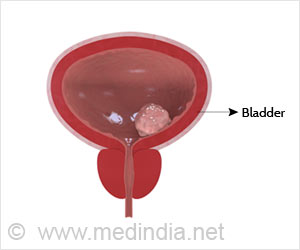Living in a neighborhood dense with trees and bushes may improve the health of your heart and blood vessels. Also, greenspaces have positive effects on your overall physical and psycho-social health.
- People living in greenspaces are at lower risk of developing heart disease and stroke
- Living in greenspaces has positive effects on overall physical and psycho-social //health
Risk was calculated using biomarkers measured from blood and urine samples. The participants were recruited from the University of Louisville's outpatient cardiology clinic and were largely at elevated risk for developing cardiovascular diseases.
The density of the greenspaces near the participants' residences were measured using the Normalized Difference Vegetation Index (NDVI), a tool that indicates levels of vegetation density created from satellite imagery collected by NASA and USGS.
Air pollution levels were also assessed using particulate matter from the EPA and roadway exposure measurements.
Scientists found living in areas with more green vegetation was associated with:
- lower urinary levels of epinephrine, indicating lower levels of stress;
- lower urinary levels of F2-isoprostane, indicating better health (less oxidative stress);
- higher capacity to repair blood vessels.
"Indeed, increasing the amount of vegetation in a neighborhood may be an unrecognized environmental influence on cardiovascular health and a potentially significant public health intervention."
Previous studies have also suggested that neighborhood greenspaces are associated with positive effects on overall physical and psycho-social health and well-being, as well as reduced rates of death from cardiovascular and respiratory diseases, and improved rates of stroke survival, according to Bhatnagar. However, these reports are largely limited by their reliance on self-reported questionnaires and area-level records and evaluations, said Bhatnagar.
Source-Eurekalert














